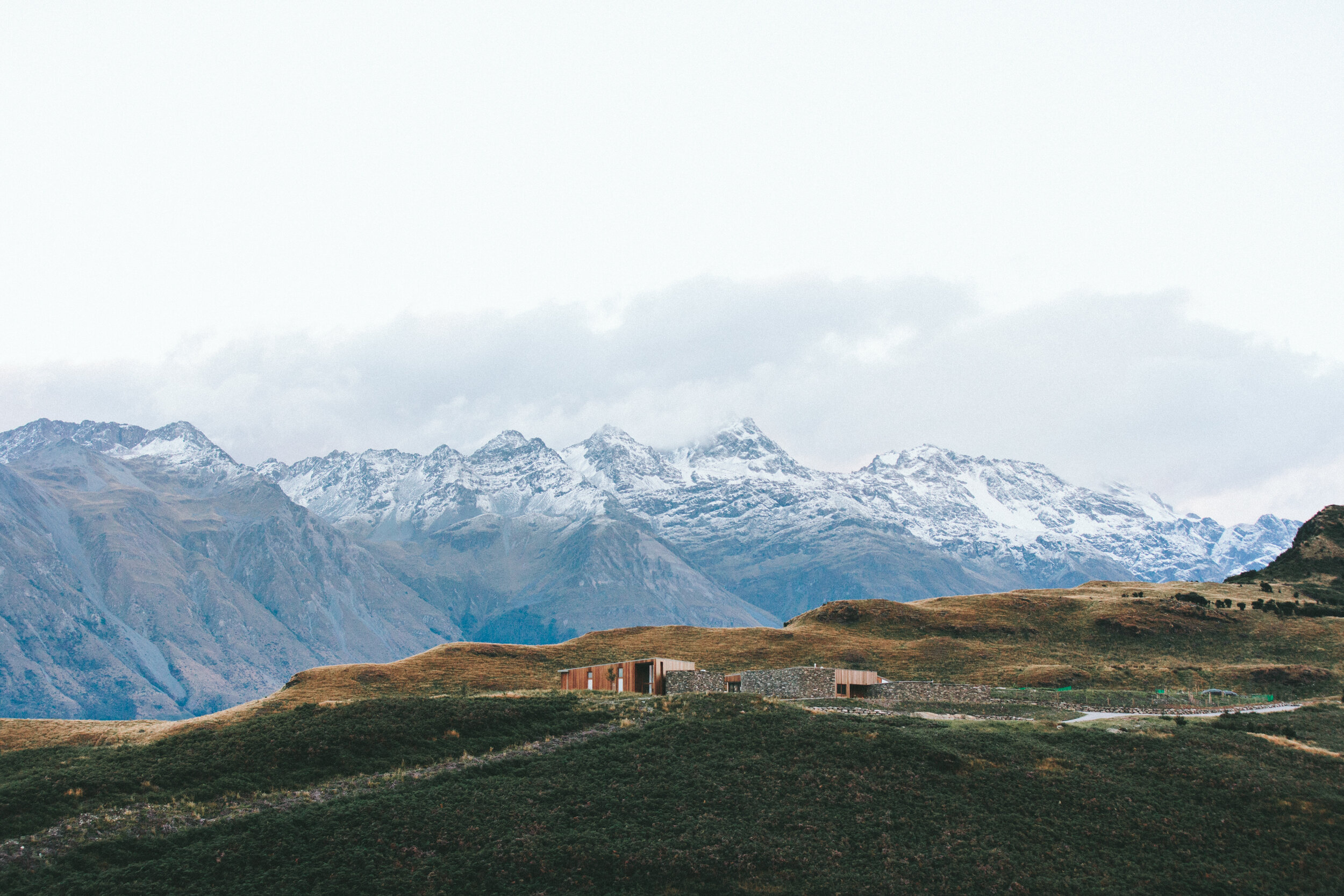
Coffee Varieties
WORLD OF COFFEE : Coffee Varieties • Coffee Origins • Coffee Process
All coffee comes from Ethiopia.
No one knows exactly how or when coffee was discovered, though there are many legends about its origin.
Coffea arabica, which is indigenous to Ethiopia and some neighboring lands, first was transported out of its homeland into neighboring Yemen. From Yemen, coffee was transported around the world.
The earliest credible evidence of coffee-drinking as the modern beverage appears in modern-day Yemen in southern Arabia in the middle of the 15th century in Sufi shrines where coffee seeds were first roasted and brewed in a manner similar to how it is now prepared for drinking. The Yemenis procured the coffee beans from the Ethiopian Highlands and began cultivation.
The coffees that we call typicas today originated from plants that left Yemen and were taken to Java and outlying Islands, possibly by the Dutch, possibly with some transport by the mythical monk Baba Budan. The coffees we call Bourbon today stem from plants transported to Ile Bourbon with the French. Both of these epic journeys may have involved a very small number of coffee plants or seeds.
By the 16th century, the drink had reached the rest of the Middle East and North Africa, later spreading to Europe.
Typica
This is a tall cultivar of Coffea arabica, originating from the coffee brought to Java from Yemen (possibly via India). The plants most similar to what we today call Java were spread from the island of Java in the early 1700s. It has bronze-tipped young leaves, and the fruit and seeds are large. Typica plants are known to have relatively low productivity and are susceptible to all main pests and diseases.
Bourbon
A common cultivar C. arabica that naturally developed naturally on Île Bourbon (an island in the Indian Ocean, east of Madagascar, now known as Réunion) from coffee brought to the island from Yemen by the French. Depending on the specific sub-group, this coffee can be red (Vermelho) or yellow (Amarelo). These plants generally have broader leaves and rounder fruit and seeds than Typica varieties. Stems are stronger and stand more upright than Typica. They are susceptible to all major diseases and pests.

